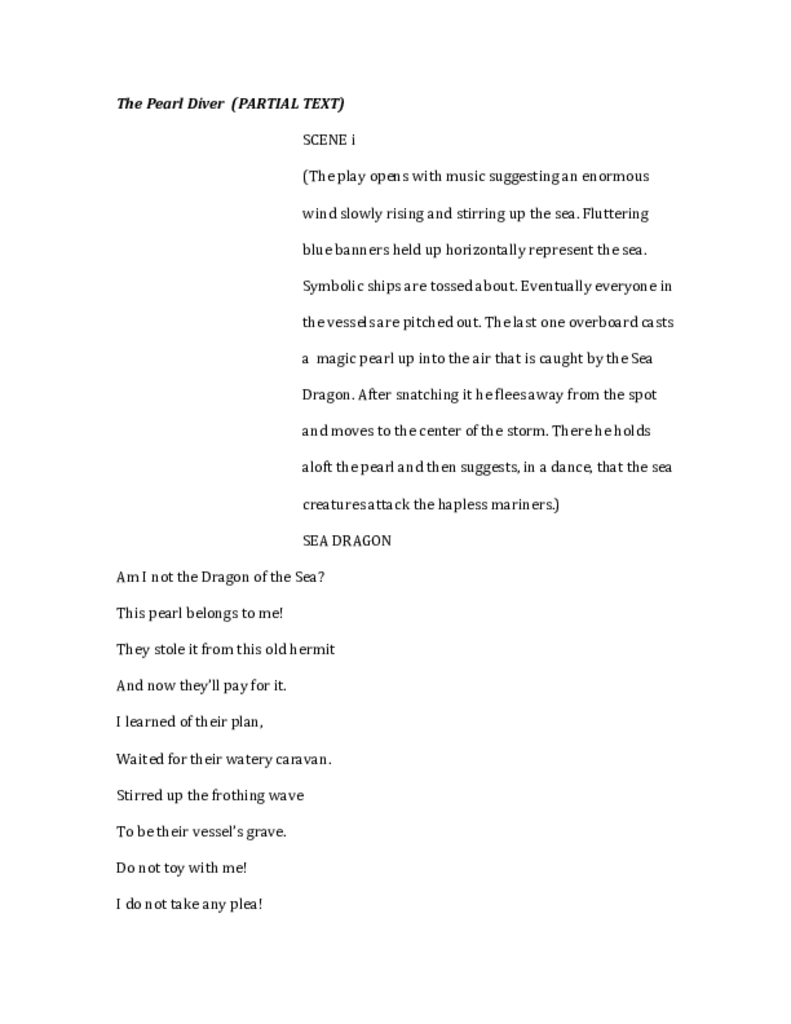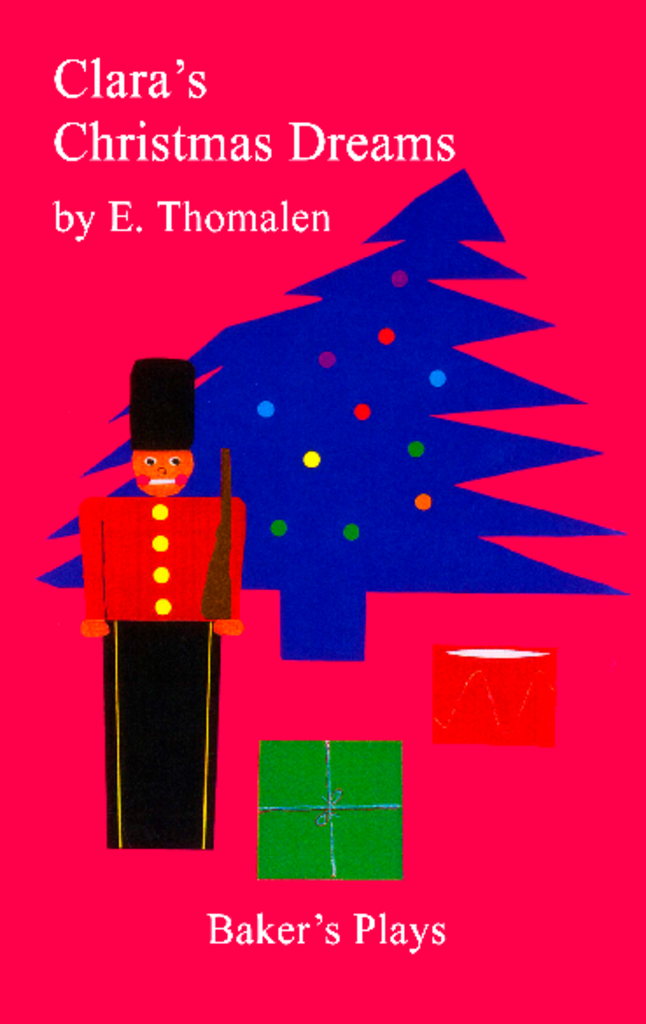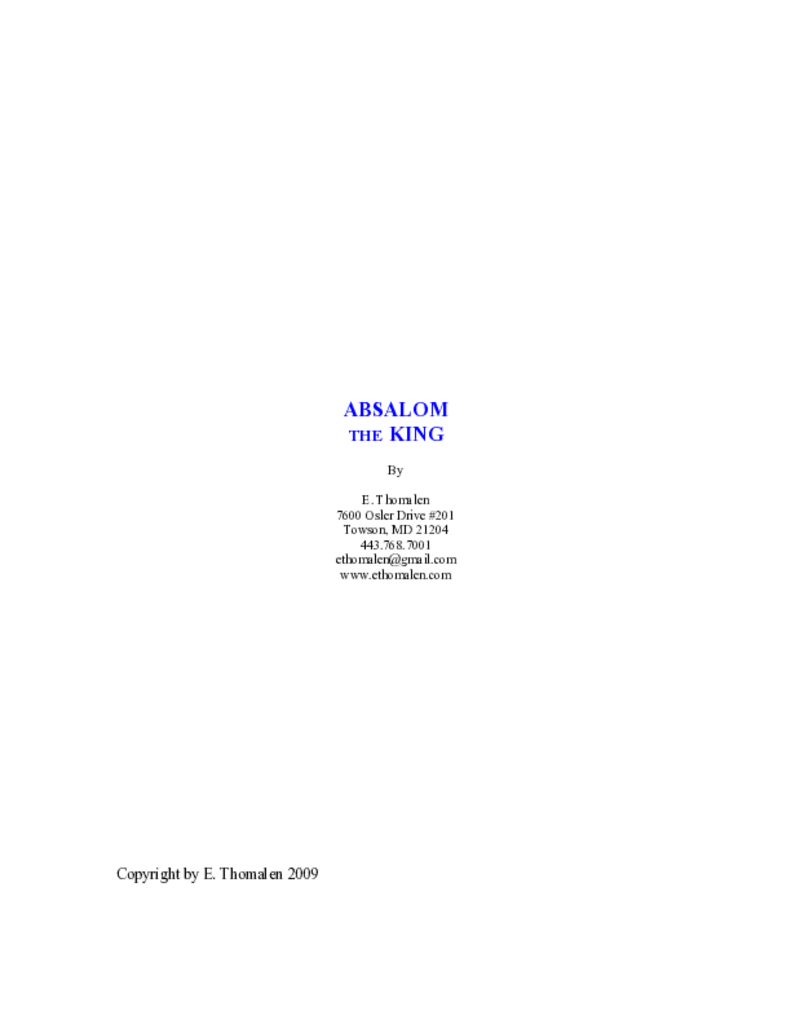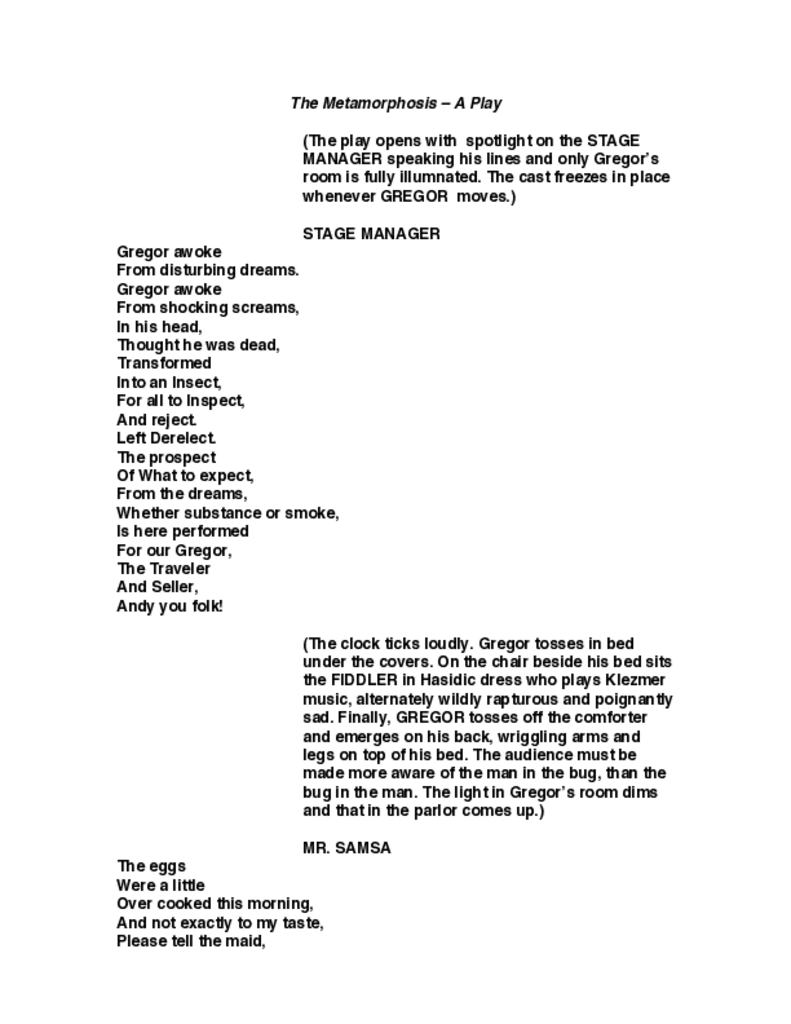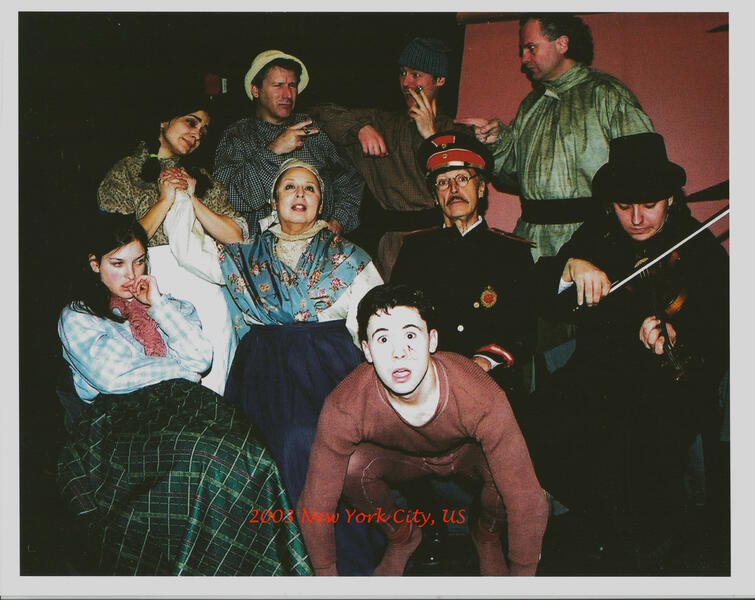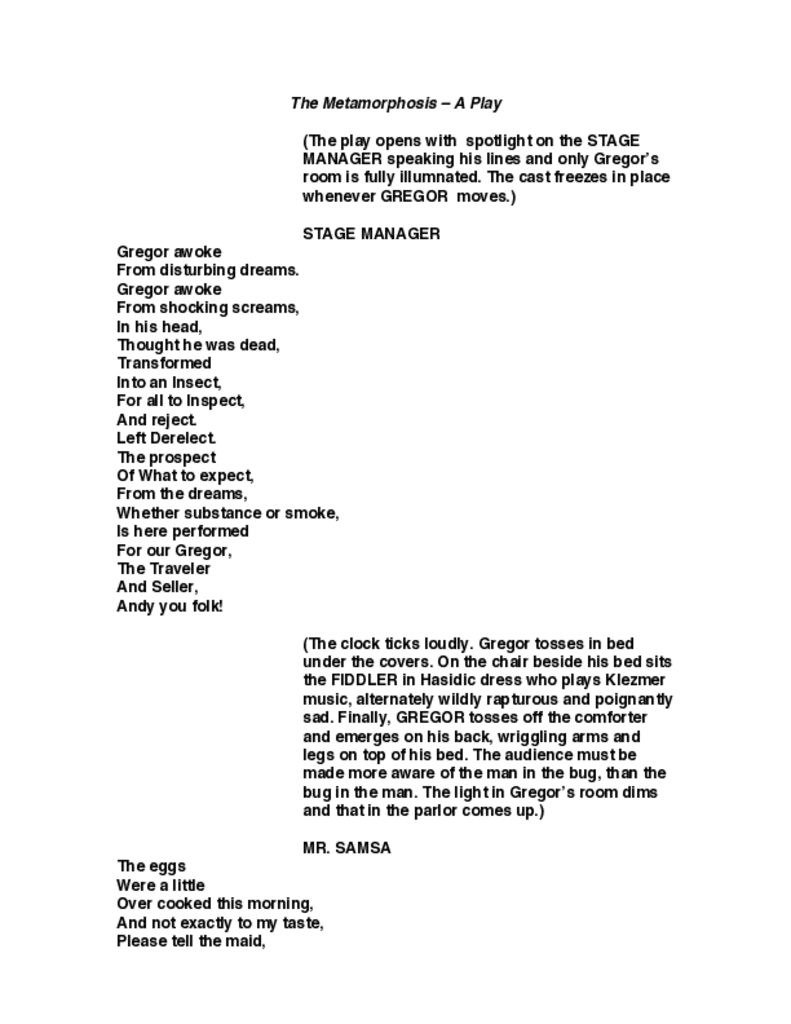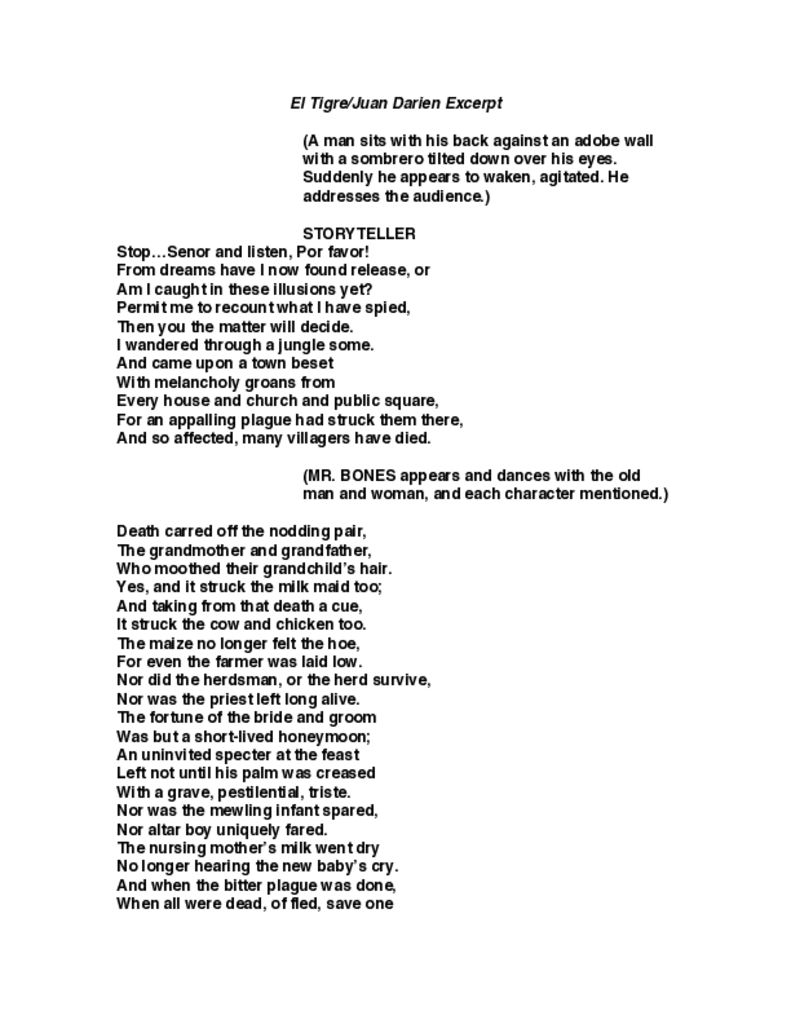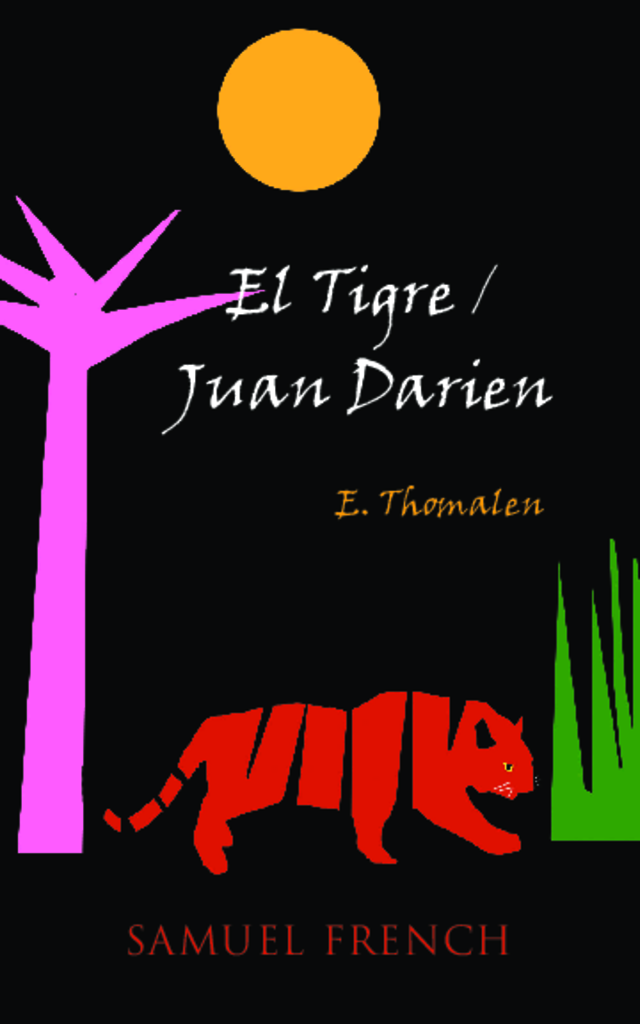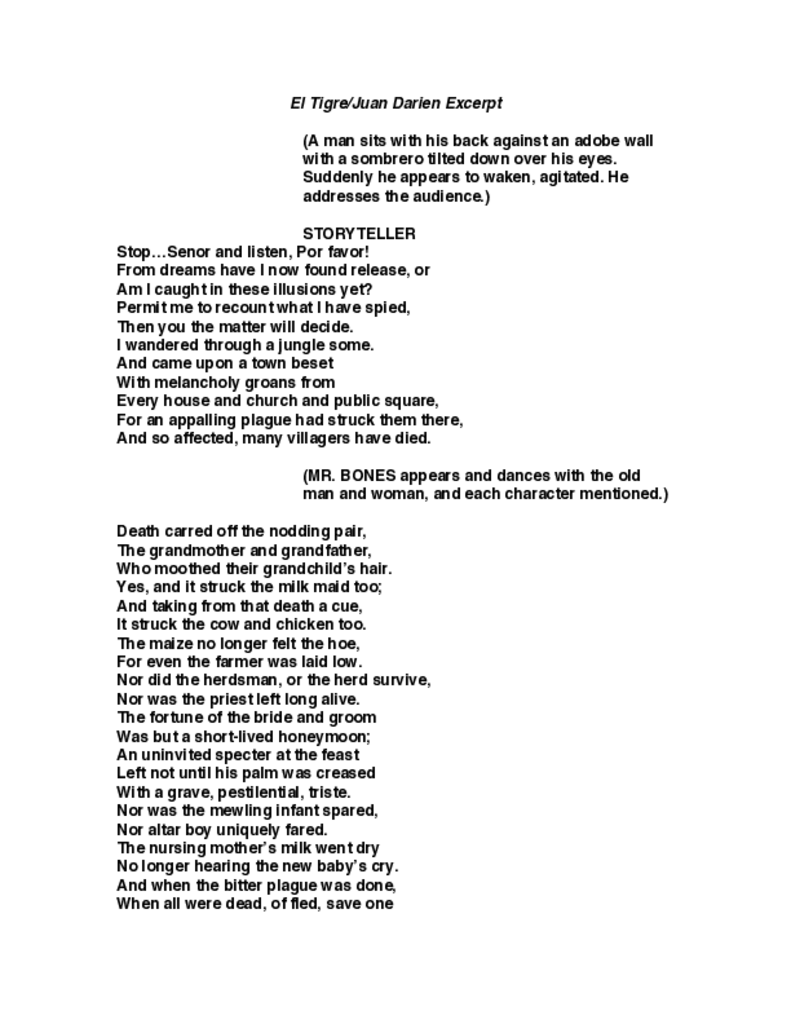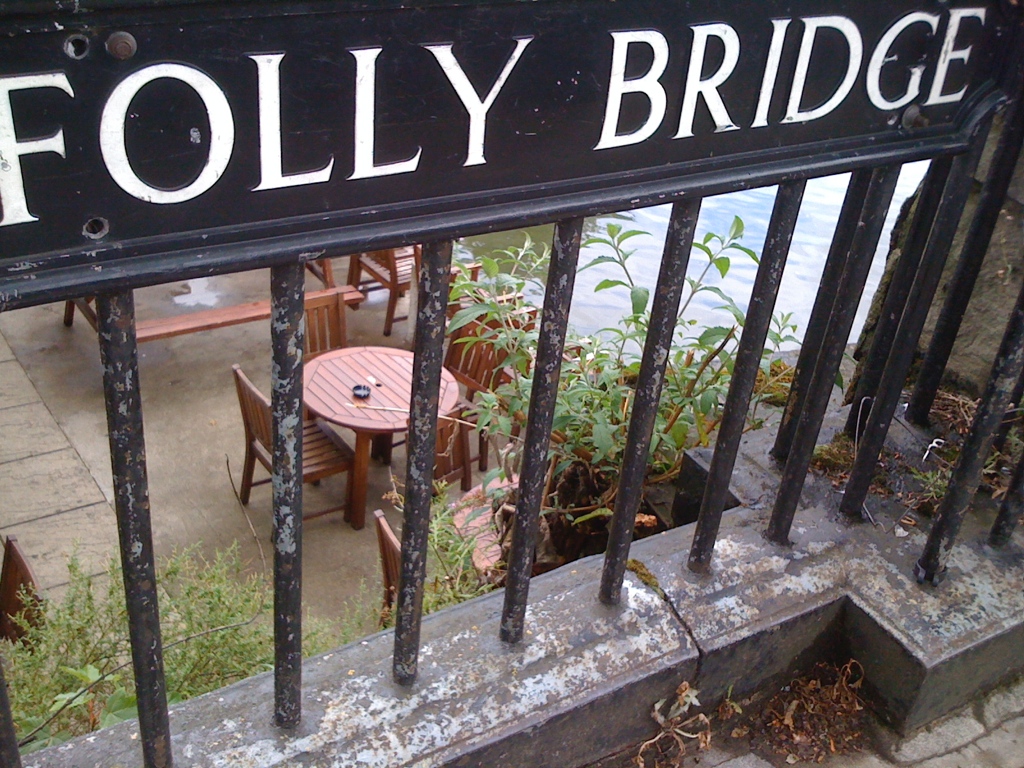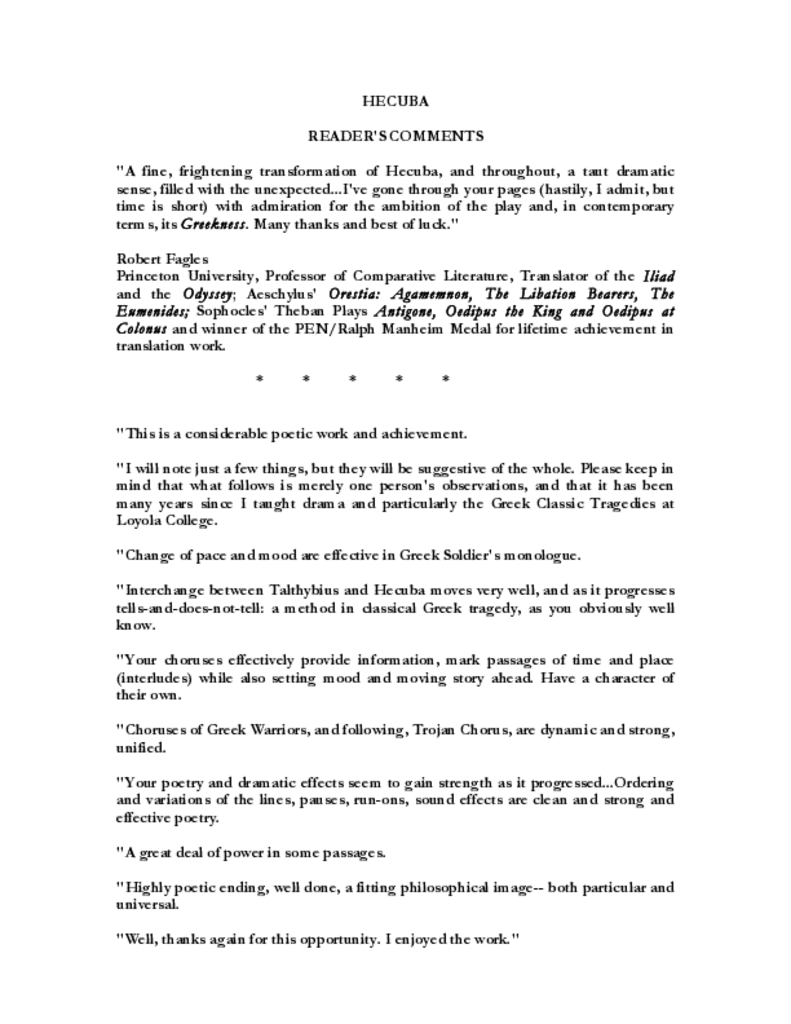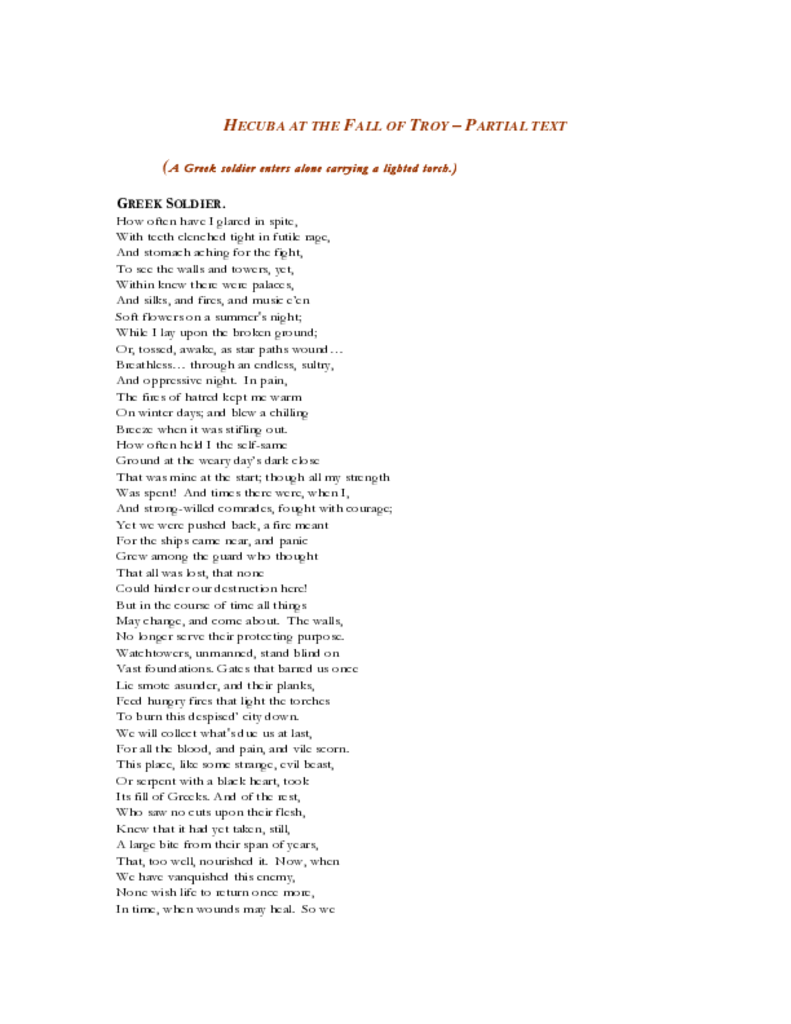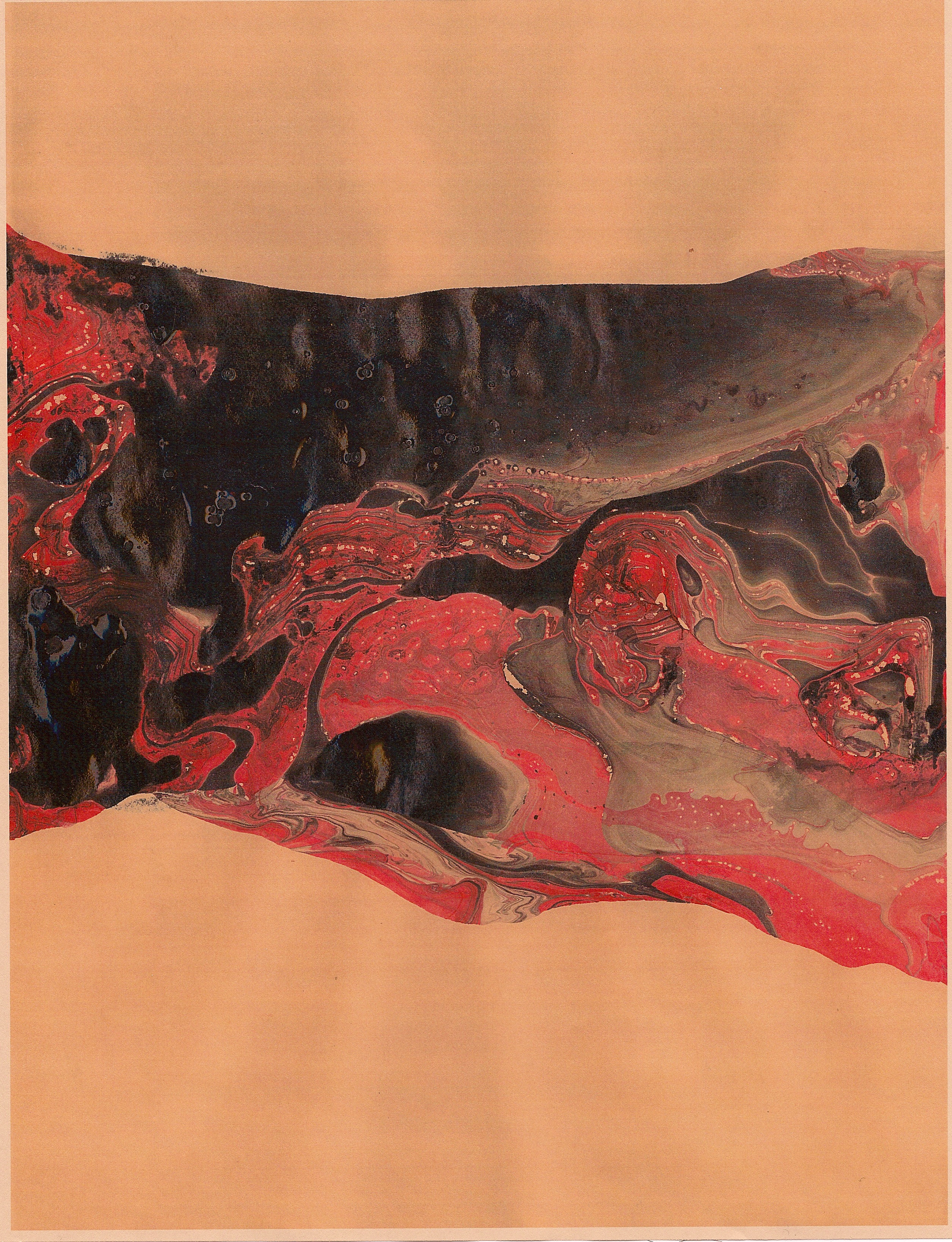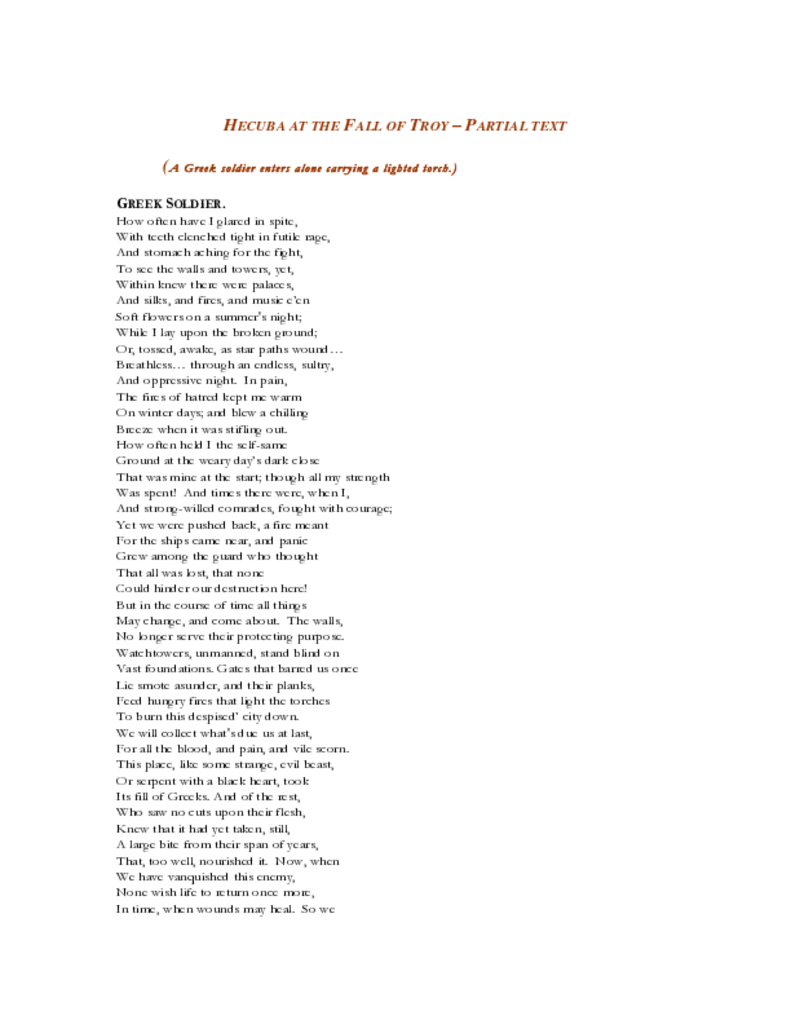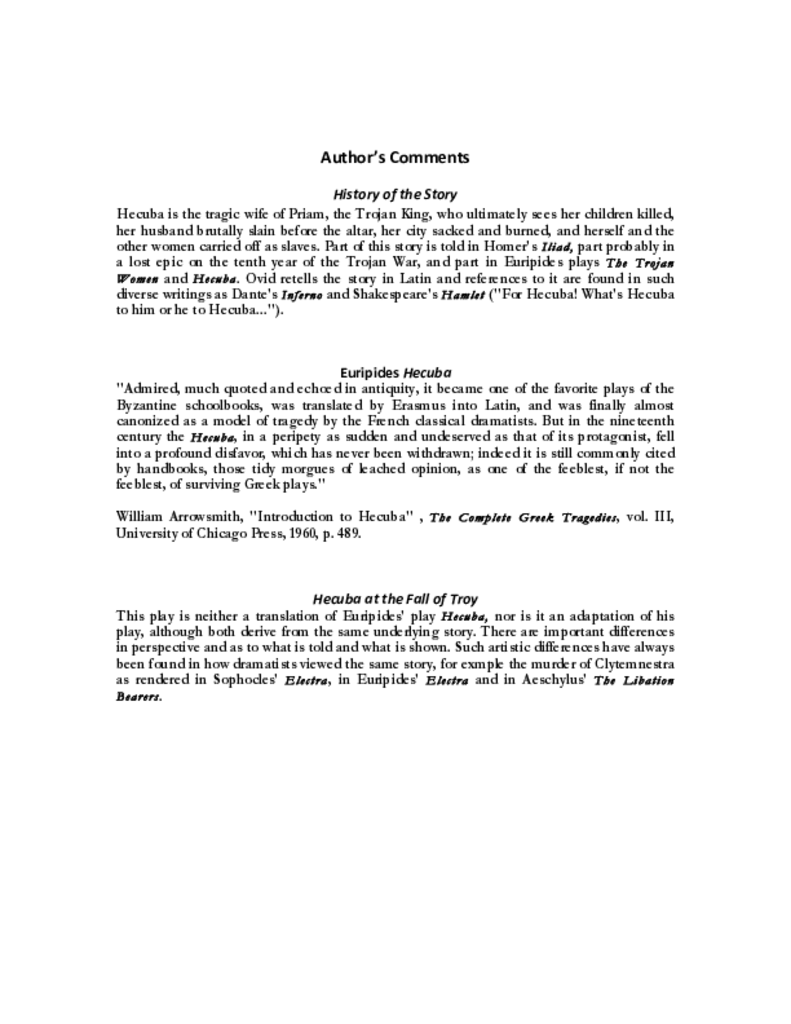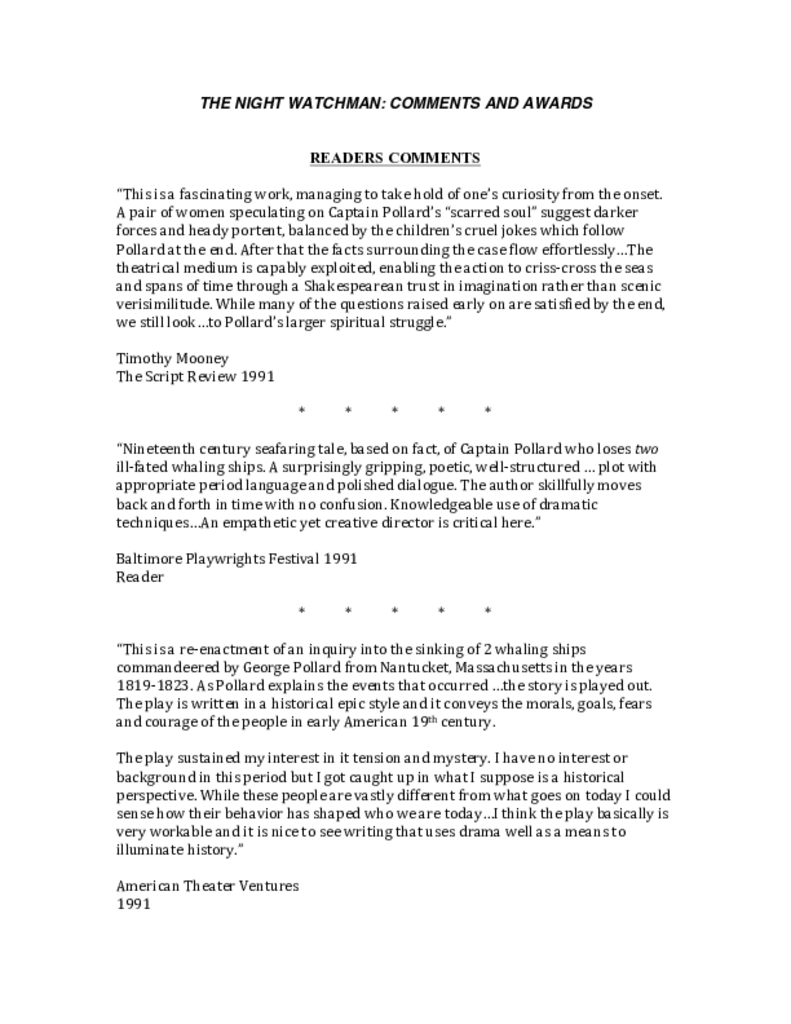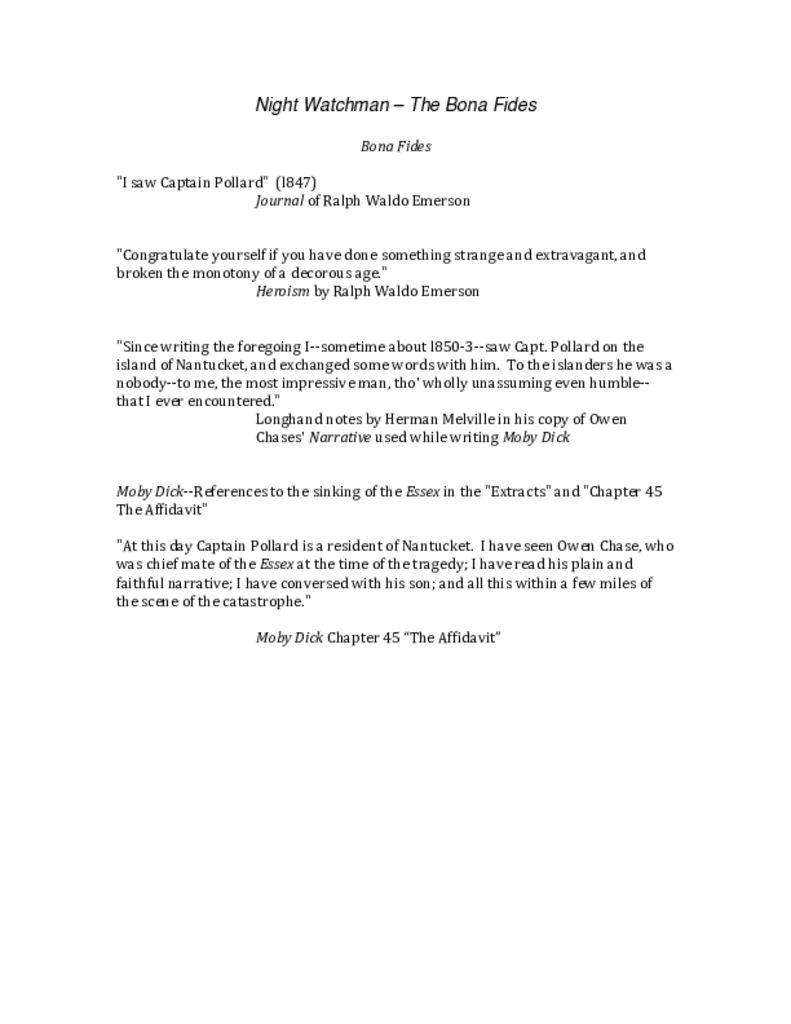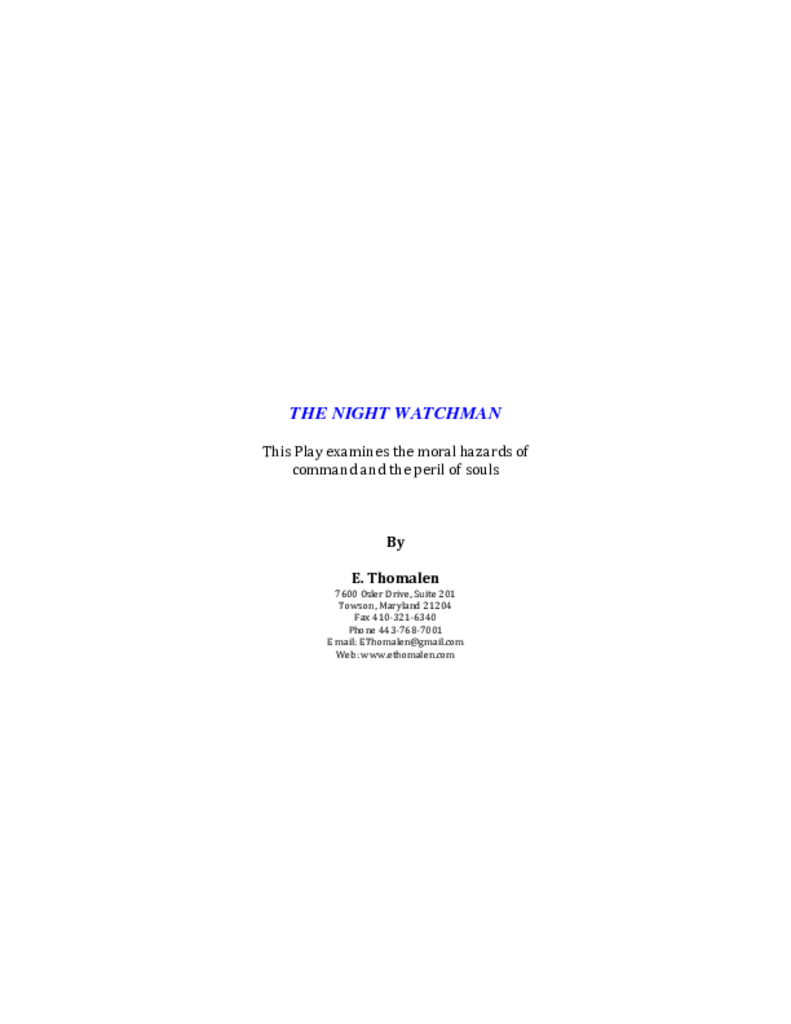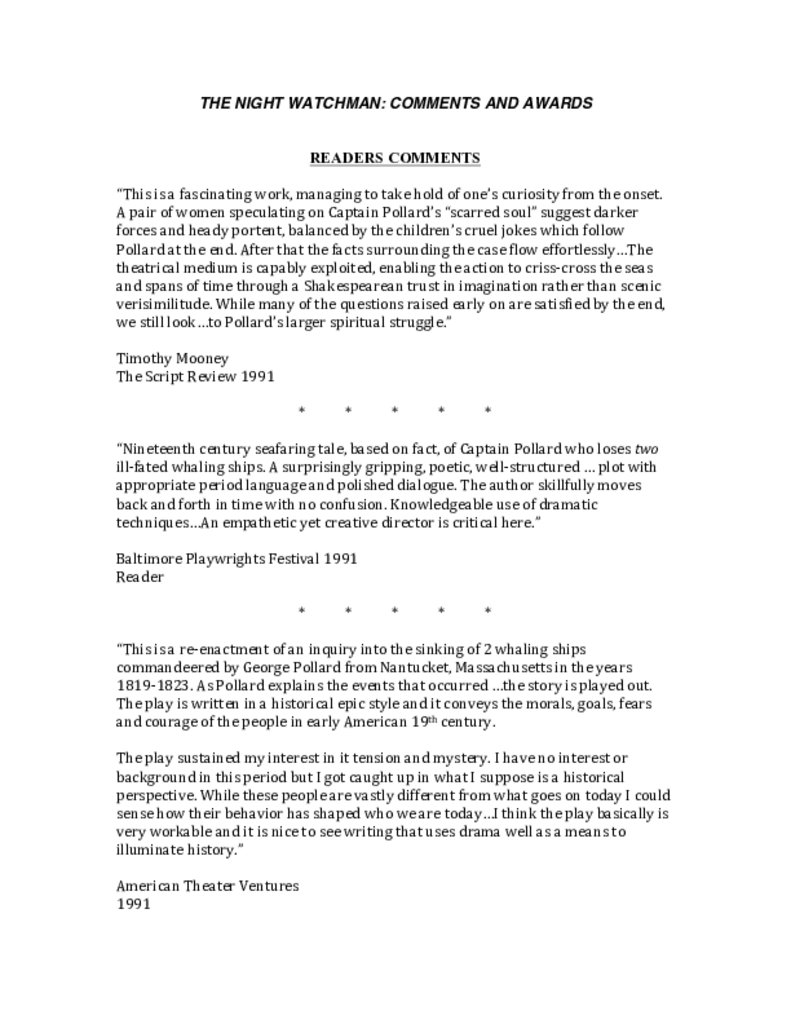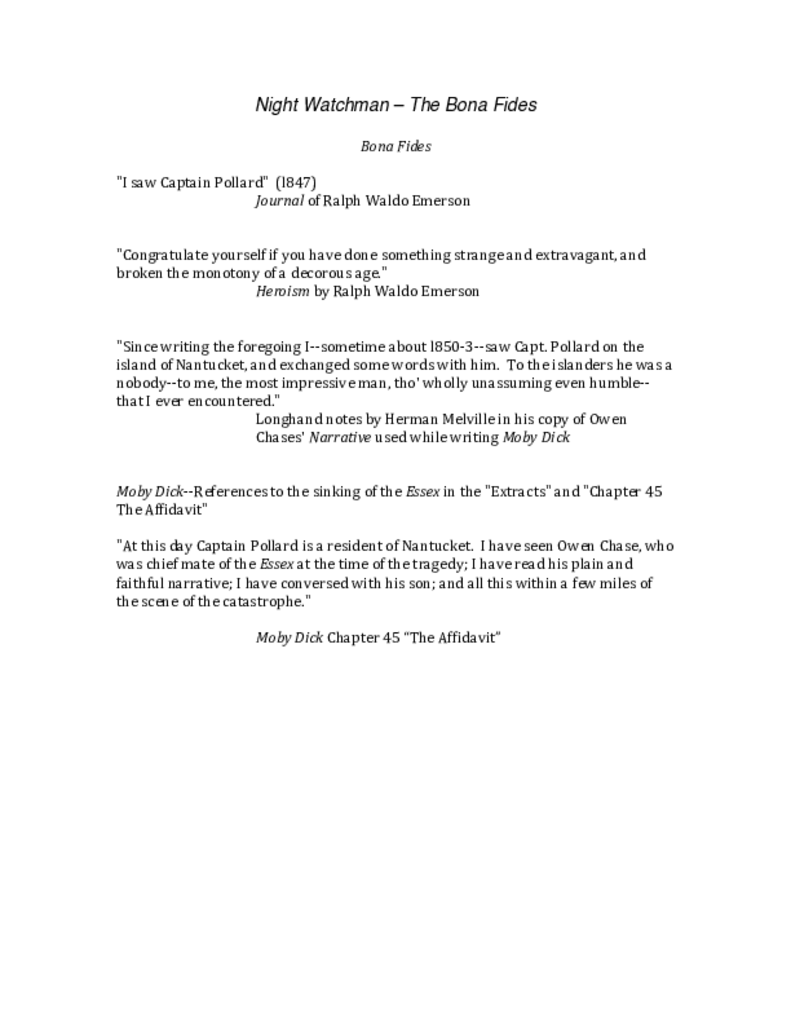About E.
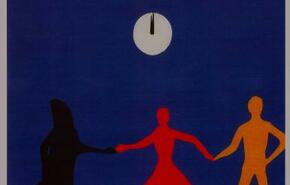
Produced: Clara’s Christmas Dreams (2004 St. Clements Th., NY Times:“the show mesmerizes even the boys”) also 2008 Calhoun, GA , 2008 Wyndham, NY , 2015 Valrico, FL ) ; The Metamorphosis, A Play (2003 Jose Quintero Th., OOBR: “highly recommended”) also 2015 Tokyo, Japan, 2016 Plano, TX, 2017 LA, CA); El Tigre (2001 U of Texas at Arlington & Bass Performance Art Center, Fort Worth Star-Telegram: “… more
Jump to a project:
DANCES OF LIFE - AND DEATH
Dances of Life – and Death is adapted from Edgar Allan Poe’s Masque of the Red Death. Poe wrote the Masque as a sort of horror story and it is written entirely in the third person as told by a narrator, no background and no dialogue. The play frames the story as a morality play, set in the time of the Plagues and the Renaissance. Though set in the past it is, also, about the present. Camus, in his great novel La Peste, wrote about a fictional plague in Oran in the 1940’s. He used “plague” as a metaphor for War, and life in occupied France during WW II. Similarly, the plague here is a metaphor for life in Syria, Iraq, Columbia, Guatemala, Nigeria and Somalia, etc. leading desperate refugees to flee from violence and war. But the reaction of those in safer countries is to withdraw, close their borders and shut their eyes, to keep out the “plague” of feared death and disorder. But such human afflictions can never be enduringly locked out.
This play is an allegory and a morality tale, not a fairy tale, nor is it somehow a commedia dell’arte rendering of stock characters derisively satirized.
Comments
“Best Original Play”
NY Theater Festival 2015
“While your work did not advance to the next round, we wanted to let you know that our readers expressed great admiration for Dances of Life – and Death. Thank you for sharing such quality work with us.”
Eugene O’Neill Theater Center 2016
This play is an allegory and a morality tale, not a fairy tale, nor is it somehow a commedia dell’arte rendering of stock characters derisively satirized.
Comments
“Best Original Play”
NY Theater Festival 2015
“While your work did not advance to the next round, we wanted to let you know that our readers expressed great admiration for Dances of Life – and Death. Thank you for sharing such quality work with us.”
Eugene O’Neill Theater Center 2016
-
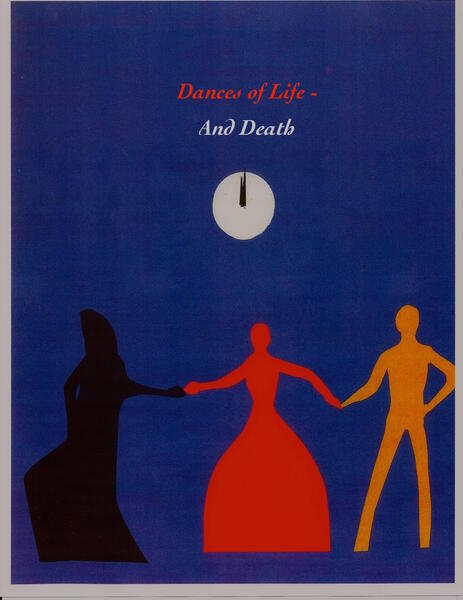 Dances of L&D.jpg
Dances of L&D.jpg -
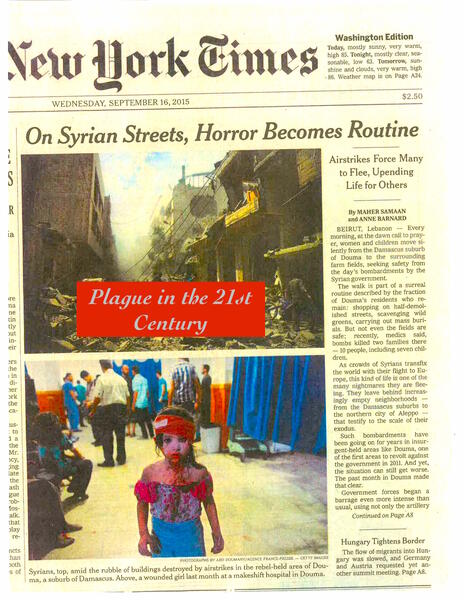 Plague now.jpgThe plague today killing people.
Plague now.jpgThe plague today killing people. -
Partial text of Dances of Life - and DeathPartial text for Dances of Life - and Death a copyrighted but unpublished work. To read the complete work please contact E. Thomalen at [email protected]
THE PEARL DIVER
The Pearl Diver is a magical tale told about a young female, who dives after pearls, and a Sea Dragon. It dramatizes a Japanese legend told in many variations and forms. It appears in Japanese Kabuki dance, in a medieval Noh play, and was visually rendered in a Japanese illustrated scroll exhibited at the NY Metropolitan Museum of Art in the spring of 2012, among other places. It is a very beautiful story and I have retold it in poetry in English which I hope does justice to its qualities. Performance of this work is meant to include music, dance, acting and spoken word. The play is obviously not intended to be realistic and so should not be presented in a conventional dramatic fashion, but rather it should open, unhurried, like a flower with appropriate music filling in the space. The costuming and the set design are essential to a full artistic portrayal of the work. The dragon and the fish should be presented in brilliant colors as in the illustrations; the human figures in classical Japanese period dress. The sea and the Dragon’s cave need careful moody artistic renderings and the pearls need to be illuminated by a soft light from inside their container. The special magic pearl needs to be lighted from within the pearl itself. The lullaby the Pearl Diver sings to the Dragon is an adaptation of a Japanese nursery song.
-
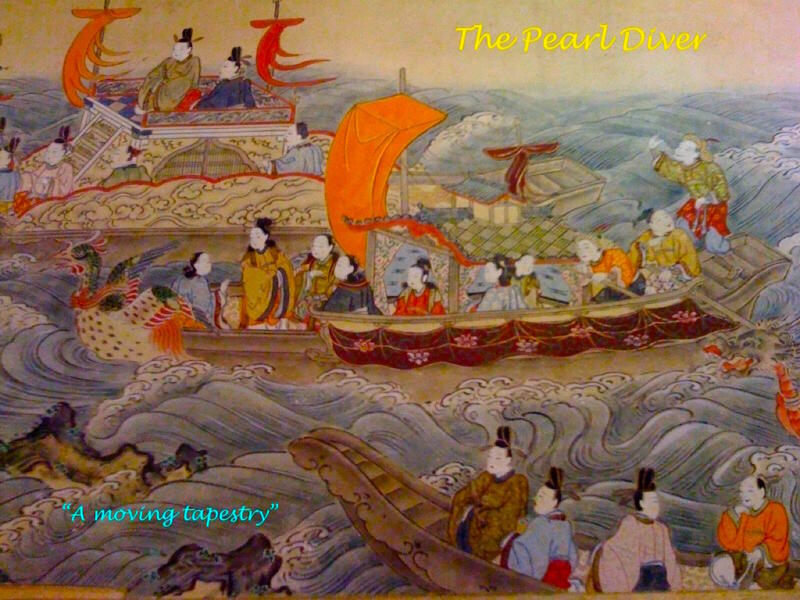 Video 3.jpgThe Sea Dragon attacking the Chinese Ships
Video 3.jpgThe Sea Dragon attacking the Chinese Ships -
The Pearl Diver, by E. Thomalen. Music by Edward HardyThis is a brief video with the music showing the progression of the scenes of the play that tell the story.
-
Pearl Diver partial txt.pdfPartial text of The Pearl Diver. For complete text contact E. Thomalen at [email protected]
CLARA'S CHRISTMAS DREAMS
Clara's Christmas Dreams is an adaptation of the Dumas version of the Nutcracker story. In this version, after the guests leave the Christmas Eve celebration at the home of Clara's parents, Clara becomes ill. In a series of fevered dreams, with the help of the Nutcracker/Prince, she fights off the Mouse King and his minions who want her to be their captive; the Snow Queen who tries to entice her to the realm of Snow (and perhaps death), and finally the Sugar Plum Fairy who encourages her to live only in pleasures and false dreams. She finally awakens and is now transformed, no longer a child, but a budding young woman, clearer about what she wants in life and what it requires. The play was performed first in New York City in 2004 and subsequently in other venues across the US. The music for the work is written by Tim Starnes. It has been critically praised as being quite lovely.
ABSALOM THE KING
An unproduced play about an aging king and his inability to control his beloved sons, resulting in one son avenging a wrong against his sister by killing his half brother. After a difficult and unsatisfactory reunion with his Father he eventually schemes to displace his Father as king and ruler. This play is written in verse and uses the language of the King James version of the bible to tell the Biblical story in dramatic form.
-
 Absalom.jpgA divided King and a divided kingdom.
Absalom.jpgA divided King and a divided kingdom. -
Absalom partial txt.pdfThis is the opening of the play Absalom the King. It is a partial text and the reader should go to [email protected] to request permission to read the entire text.
THE METAMORPHOSIS - A PLAY
The Metamorphosis - A Play is an adaptation of the novella by Franz Kafka. The play is introduced by the stage manager who describes Gregor's "awakening". This play is published now by Samuel French but was originally published by Bakers Plays. It has been produced in New York in 2003 and subsequently in Tokyo 2015, in Texas 2016 and a production has been licensed in LA in 2017.
EL TIGRE/JUAN DARIEN
El Tigre/Juan Darien was initially performed in the Theatre Arts Program at the University of Texas in Arlington Texas and subsequently in Fort Worth by the Hip Pocket theater. It has also been performed in Miami and in Nebraska in the secondary school market and published by Samuel French. It is an adaptation of the story told by Horacio Quiroja,an Uruguayan writer based on an old folk tale. Quiroja had a great affection for the South American jungles, mountains and native people. The story tells of a plague that kills many in the town. A widow who has lost her own family rescues a jaguar kit after the jaguar mother is killed by a hunter. A magical snake transforms the kit into human child Juan Darien. But when the child is about 12 years old the Mother dies and the child is left to make his own way in the world. He is considered different by the other children and townspeople. The Mayor and an Animal Trainer decide that Juan Darien may really be a wild animal and he is beaten by the townspeople and left to die. But the magical snake returns and transforms him into a tiger and he later takes revenge on the Animal Trainer that had initiated the beating by the townspeople. However, after doing so, he realizes, sadly, that he has lost his human qualities that were given to him by his human mother and goes off to live in the jungle.
"WHEN SUMMER SUNS WERE GLOWING" Inventing Alice and Wonderland
Looking for a long lost sense of family, a Mathematical Lecturer at Oxford and his friend, take 3 daughters of his Dean on an outing on the Thames and uses storytelling to recreate the family that he lost.
This play draws on biographical information penned by the principals about the original telling of many of the episodes in Lewis Carroll’s famous book. On a warm summer’s day Charles Dodgson (Lewis Carroll) and his friend Robinson Duckworth took the three Liddell sisters (one of whom was Alice) on a leisurely excursion on the Thames River near Oxford. They rowed upstream, had a picnic lunch, and then drifted back to their point of departure. The play follows that journey and dramatizes some of the stories Lewis Carroll told. It charmed the girls and before they parted that evening, Alice begged Dodgson to write them down for her sometime. In the course of the play we see how the stories might have evolved, how children of different ages might respond to the stories, and what might have especially drawn their interest and captivated them. We also see how some of Charles Dodgson’s colleagues at Oxford looked upon someone who was unconventional within that community.
This play draws on biographical information penned by the principals about the original telling of many of the episodes in Lewis Carroll’s famous book. On a warm summer’s day Charles Dodgson (Lewis Carroll) and his friend Robinson Duckworth took the three Liddell sisters (one of whom was Alice) on a leisurely excursion on the Thames River near Oxford. They rowed upstream, had a picnic lunch, and then drifted back to their point of departure. The play follows that journey and dramatizes some of the stories Lewis Carroll told. It charmed the girls and before they parted that evening, Alice begged Dodgson to write them down for her sometime. In the course of the play we see how the stories might have evolved, how children of different ages might respond to the stories, and what might have especially drawn their interest and captivated them. We also see how some of Charles Dodgson’s colleagues at Oxford looked upon someone who was unconventional within that community.
-
 Alice copy2.jpgAn image for the play of the white rabbit.
Alice copy2.jpgAn image for the play of the white rabbit. -
 UNADJUSTEDNONRAW_thumb_3d.jpgFolly Bridge where the rowing party set out.
UNADJUSTEDNONRAW_thumb_3d.jpgFolly Bridge where the rowing party set out. -
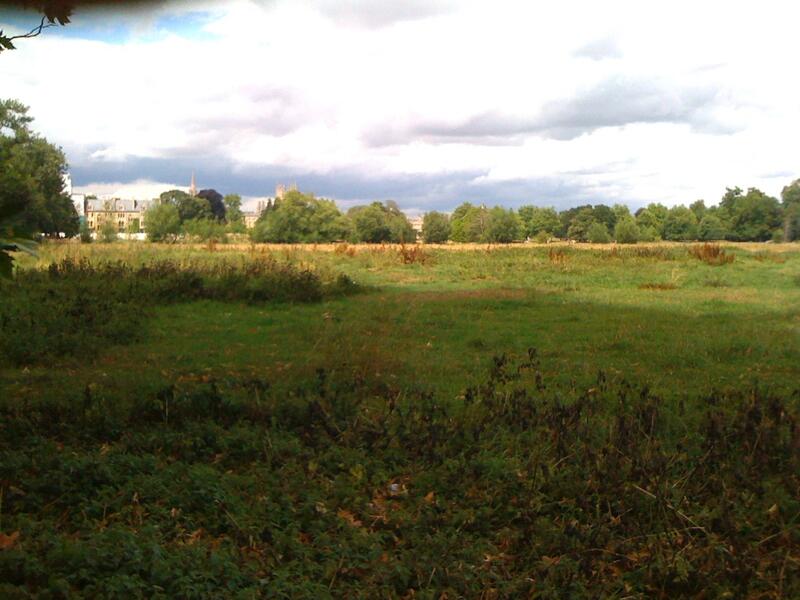 UNADJUSTEDNONRAW_thumb_47.jpgTowers of Oxford from Folly Bridge.
UNADJUSTEDNONRAW_thumb_47.jpgTowers of Oxford from Folly Bridge. -
Alice excerpt.pdfThis is an excerpt of the copyrighted but unpublished work. To read the whole work please contact E. Thomalen at [email protected]
HECUBA AT THE FALL OF TROY
This play tells the story of the burning of a great city, one duly memorialized in Classical Greek and Western literature. How many other great cities have followed its path. Detroit, Hue, Sarajevo, Rotterdam, Leningrad, London, Hamburg, Dresden, Nanking, and Hiroshima. In ancient times Thebes and Persepolis. The terrible wrath that makes human beings burn them down, the desolation of the population that survives and is dispossessed, all of this is in Hecuba. So too is the story of the survival of the defeated matriarch and her effort to rise above defeat and horror until all of the barriers of self control give way and she becomes truly and irretrievably lost. Woe to one who forgets that wealth, power and privilege are an illusion, that no person controls their own destiny, or destination.
-
 Hecuba.jpegThe fire took away the city and charred remains have been found by archeologists who believe they have found some of the ruins of the city.
Hecuba.jpegThe fire took away the city and charred remains have been found by archeologists who believe they have found some of the ruins of the city. -
Hecuba text fragment.pdfThis is a text fragment of Hecuba at the Fall of Troy. If anyone wishes to read the whole text please contact E. Thomalen at [email protected]
THW NIGHT WATCHMAN
This play dramatizes the story of the sinking of the whale ship Essex, and the fate of its crew through the device of an Inquiry when Captain Pollard loses a second ship, and must answer for it. He is, by then, already a scarred man. It portrays life both at home on Nantucket, and at sea, and the terrible choices that harsh conditions sometimes forced upon our nineteenth century forebearers. But it also holds a mirror up to all who have responsibility for the lives of others.
-
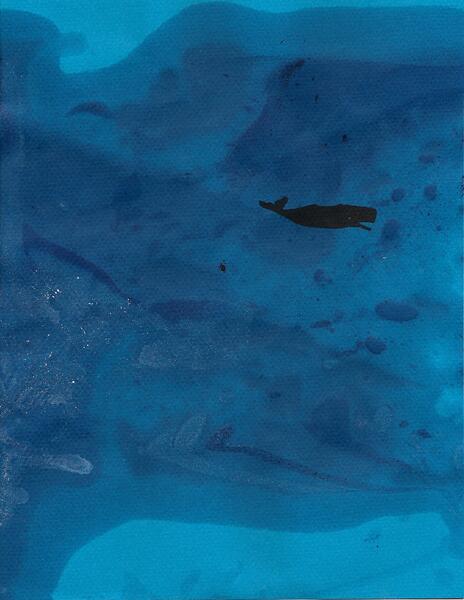 Night Watchman.jpgFate, like this rogue whale, operating below the surface determines the destiny of us all.
Night Watchman.jpgFate, like this rogue whale, operating below the surface determines the destiny of us all. -
Night.Watchman.pdfThis is a partial text of the copyrighted but unpublished play. To read the whole work please contact E. Thomalen at [email protected]







